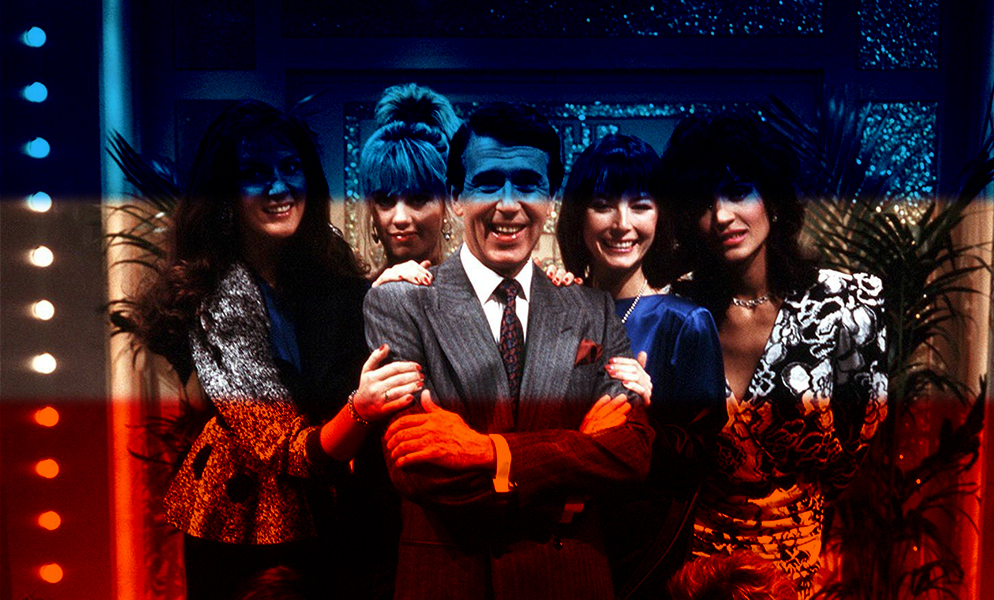
Also:
- It's Saturday Night
- 2. An autograph before you go
- 3. A new kind of game show
- 4. A rising exasperation with the quantity of dirt
- 5. The whole thing suddenly fell apart
- 6. Synthetic propensity
- 7. It was destined to be an anti-climax
- 8. This is your show now
- 9. The awesome scale of our wastefulness
- 10. Hands up those who couldn't care less
- 11. Together We’ll Be Ok
- 12. Decide the shape of ITV in the 1980s
- 13. Alan is too commercial
- 14. It worked like a dream
- 15. Older men, doing school boy tricks
- 16. Killing the Golden Goose
- 17. People love us to be sexy
- 18. The manure is worth more than the cattle
- 19. They were big in the States and we noted that
- 20. I’m still aggressive and I’m still handing out the insults
- 21. A new style of lunatic humour
- 22. The Habitat-bean-bag-hessian-wallpaper brigade
- 23. Thoroughly sinful
- 24. All carrots should be scraped, sliced and cooked
- 25. Back then it was radical stuff
- 26. Whatever they do, we can do it better
- 27. You'll have to take us as you find us
- 28. Entertainment that keeps on the move
- 29. It's the public that has to pay
- 30. The last we saw of either of them was their sad faces
- 31. Just shoot the bastard
- 32. Britain could clearly be facing its darkest hour
- 33. Any enthusiasm we may have had for continuing discussions is waning
- 34. It was considered by LWT and then put in a bottom drawer
- 35. Watch the redoubtable Terry take off
- 36. I thought it might be terrible and I wouldn’t enjoy it at all
- 37. Kamikaze Mastermind
- 38. We haven’t moved into luxury
- 39. We are investing in people
- 40. Delivered impeccably
- 41. He has to allow you to do your bit
- 42. All the anticipation of the great emotive point
- 43. If you want Russ Abbot to do it, then you have to accept me and my ideas
- 44. Let’s get straight into this
- 45. Unedifying Greed
- 46. We’ve got the fucking lot!
- 47. Scope for humour and danger
- 48. Pure Megablast
- 49. There’s lots of killing, but not much else
- 50. I wanted to make sure it was going to be disastrous
- 51. Oh dear – Auntie’s playing bingo!
- 52. A Shrivelled Little Thing
- 53. I shouldn’t have accepted it
- 54. We would be the spoilsports
- 55. The Most Sexless Person In Television
- 56. They’d have strung me up if I hadn’t chosen him
- 57. Is there some way to play with the internal constituent parts?
- 58. The most important entertainment programme of my time
- 59. The plumply pretty female duo
- 60. The audience just sort of started to freeze on him
- 61. More pilots than British Airways
- 62. There's going to come a time when you'll have to go to the BBC
- 63. A slightly pretentious manifesto
- 64. Things Look Very Precarious
- 65. It’s no good doing all the same old people all the time
- 66. That’s just not funny Bobby, it's corny - just don’t do that
- 67. Well bottom’s not funny
- 68. We Are The Funnymen
- 69. The powers that be listened to Denis
- 70. Stretchers never go up stairs
- 71. I was in obscurity until this series
- 72. I don’t care if he doesn’t like me
- 73. There’s such a passion for nostalgia right now
- 74. I Heard A Seat In The Stalls Go ‘Gerdonk!'
- 75. This is your show, folks, and I do mean you
- 76. There’s good news for perplexed fans of 3-2-1!
- 77. Taking on Blind Date would be a real challenge
- 78. You wanna bet on it?
- 79. The yarns worked their tried and tested magic
- 80. The Charge-And-Shout Brigade
- 81. I sat for a moment in silence, then turned in my chair and left the stage
- 82. We just weren't allowed into UK terrestrial television
- 83. Beadle’s A Prick
- 84. The interviewer always has to know when it's best to keep his or her mouth shut
- 85. Can you come up with a good solution for the Murder Weekend mystery?
- 86. He's not a goody- goody hero
- 87. The Sexism, The Dolly Birds, The Catchphrases
- 88. The feel of Saturday night
- 89. 1990 Who would employ an ex-alky with lowered self-esteem
- 90. It were a right smack in the face
- 91. Look Straight Into My Eyes And Everything Will Be Alright, That's A Promise
- 92. That's the last thing I was expecting, Jim
- 93. The characters and situations are real
- 94. Oh Man, There Go All My Women Fans
- 95. A Double Order of Talent
- 96. If there is an air of spontaneity about it, it’ll be genuine
- 97. NTV brings you ... empty rooms!
- 98. You’re BBC, you shouldn’t be here
- 99. If this doesn’t work out, we’re both snookered!
- 100. The humour of Beadle comes through humiliating people!
- 101. To allow such bilge on TV is an insult to the audience
- 102. Like a cup of cold sick
- 103. A litre of gin, ecstasy and crack cocaine
- 104. A reliable tent pole for Saturday evenings
- 105. It is in the cutlery drawer
- 106. Welcome to the new Saturday night
- 107. Congratulations, you have got the fucking Gen Game
- 108. The programme has done extremely badly and will be dropped after this series
- 109. Building the excitement and tension to a crescendo
- 110. He gives us our spirit of unity; we’d all like to strangle him
- 111. The worst programme currently on terrestrial television
- 112. I award the city state of Milton Keynes 100 credits!
- 113. There’s nothing that makes people scream, ‘Did you see that?’
- 114. It was of a standard frankly well below what the public would want
- 115. Waxing An Ape Is My Ambition
- 116. Don’t Get Mad, Get Even
- 117. The penalty shoot-out is the greatest ever endgame
- 118. 200 black boxes are strapped to the back of a cross-section of the nation
- 119. Better For You, Better For All Of Us
- 120. I mean who on earth thought that was a good idea?
- 121. I’m sure the tune was in there somewhere
- 122. This Time, You Decide
- 123. King of trash, that’s me
- 124. It’s about rejection now
- 125. They lost what Popstars was all about
- 126. Win the ads
- 127. A name in search of a series
- 128. Getting grief from the papers
- 129. I’m so pleased to be back on television
- 130. Saturday nights haven't been this interesting for 10 years
- 131. It’s the Usual Nonsense
- 132. The trip of a lifetime
- Epilogue: Why Haven't You Written a Series of Articles on Tuesday Night Telly?
|
Leslie Crowther was born in Nottingham in 1933. In 1946 he found his way into the BBC Schools Repertory Service and in 1960 landed parts in both The Black and White Minstrel Show and Crackerjack. From there he progressed to his own comedy sketch series, Crowther Takes A Look (1965) and continued to produce the occasional sketch show or sitcom for the next seven years. In 1972, he starred in the highly successful ATV sitcomMy Good Woman. ATV would continue to provide the comedian with occasional work right up until its demise in 1982. In 1978, Crowther began to branch out, taking over as presenter of the Thames Television quiz show Whose Baby?and embarking upon a long-running and famous television advertising campaign for Stork margarine. However, by the late 70s and early 80s work begun to dry up as Crowther entered what he would later refer to as his “Doldrum years”. “It seemed to me that my TV career was on the brink, with me hanging on by my fingernails,” he remarked.
In 1984, game shows were becoming ever more important to the television schedules. In the autumn of that year 11 game shows were broadcast that achieved audiences of 10 million or above, and in one week in December 1984 over 15 hours were broadcast with seven hours alone screened by ITV at the weekend. The Price Is Right (which offered the prospect of presenting a 60-minute game show running over Saturday peak time viewing) represented a significant career opportunity.
On 17 February 1984, Broadcast announced: “The price must be right, it seems for Central to have lured Leslie Crowther into hosting its new game show. The last one he was connected with was the competitions section of Crackerjack some 24 years ago. But the company might have been a bit desperate, too; after all they’d announced that Russ Abbot was going to do the job when he publicly thought better of it, and several other unsuitables had better made pilots. Producer William G. Stewart has been taking American tapes of the original format round major cities and says he has been inundated by people wanting to take part. Not, presumably, rejected host Joe Brown and Mike Reid though.” After a successful audition, Crowther was the man Central wanted, at a stroke spelling the end of the entertainer’s doldrum years. Not that the series didn’t come without risks, Crowther was anxious at taking the helm of a show many in the public still considered as having been rejected by Russ Abbot and Joe Brown, and reminded TV Times reporter Stewart Knowles that careers, as one critic put it, “have been blighted by a public failure as a game-show host”.
“Like most good game shows, The Price Is Right was mathematical in its precision and pace,” recalled Crowther in 1995. “I had to learn to describe briefly, clearly and accurately 25 different games, which were chopped and changed around to give each show variety. The audience comprised nine coachloads of people who arrived at Central Television’s Studios in Nottingham from all over the country. As they queued up to enter the studio, each one was given a sticker on which his or her name would be written, with a number to stick below it. Once they were seated in the studio, Bill (William G) Stewart, who had been a Butlin’s redcoat in his youth, would perambulate through the audience and proceed to chat them up. What he was looking for was a mixture of characters – white, black, yellow, spinsters, widowers, dolly birds and gigglers from whom he could pick four men and five women to Come on Down into contestants’ row”.
The show itself was relatively simple, recycling rounds a couple of times. The opener would involve contestants attempting to estimate the cost of a particular item without exceeding its actual value. The contestant whose bid was closest to the actual price would then go on to play a further game with Crowther, and dependent upon their performance, would be either disqualified or placed on hold in preparation for the show’s end game. This process was repeated until six contestants were chosen to compete inthe Price Is Right’s big finale – “the showcase final”. Here the contestants were allowed to choose a prize from a bevy of big money options that would be presented before them. The task at hand was simply to estimate the total value of the showcase. The contestant with the closest guess would walk away with their chosen prize.
While not the most original, or enthralling format for a game show ever devised, the Price Is Right stood out from its competitors by dint of its extraordinary studio audience. “[Each] coachload was hoping that one of their party would be chosen,” explained Crowther. “In this way you got marvellous audience participation – they loved it when someone they knew was in contestant’s row, asking them quite blatantly the price of an article, or whether they should keep or discard a prize. The noise of an entire coachload of voices yelling advice was hard to describe – people would also write signs in the air as a prompt – they were usually wrong! Never before has a studio audience behaved with so complete a lack of inhibition – it was like a pantomime.”
In order to sustain the heightened nature of the audience, Producer William G Stewart would begin recordings by marching around the studio dressed in a lurid pink tracksuit while “Land Of Hope and Glory” blasted out of the studio speakers. When the show began, there was no preamble, no introductory chat from the host. “I said to Leslie, ‘Let’s get straight into this, the first thing you say is ‘Mary Brown, Come On Down’. And we don’t lose any of the momentum that we’ve built up with those opening shots of the audience going wild,’” reflects Stewart.
Next Monday: Unedifying Greed












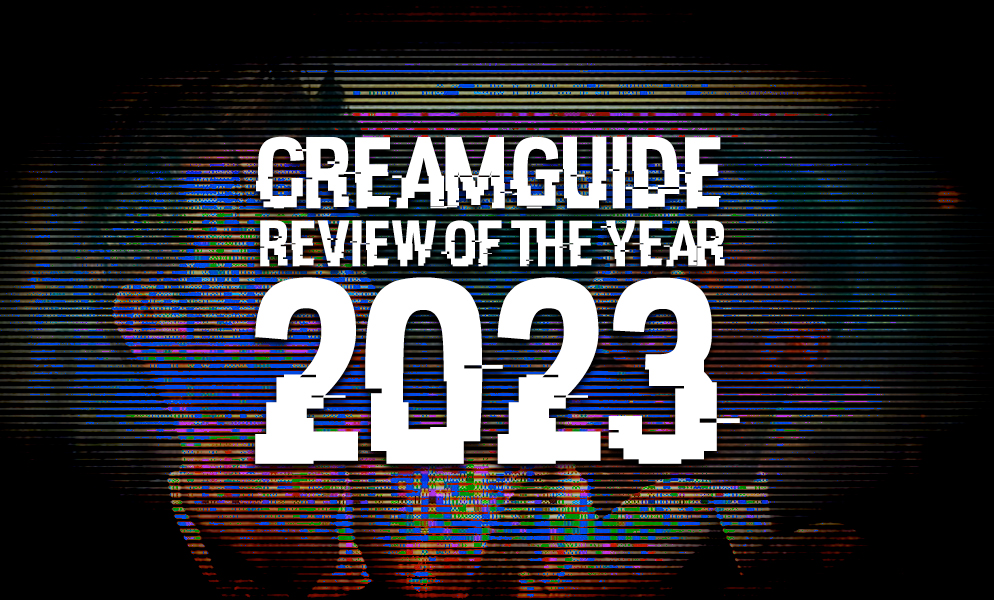
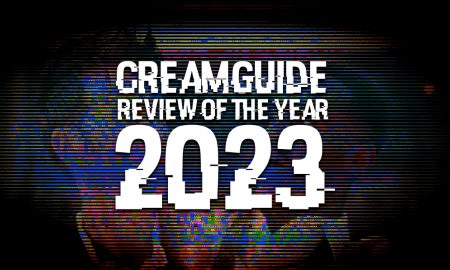
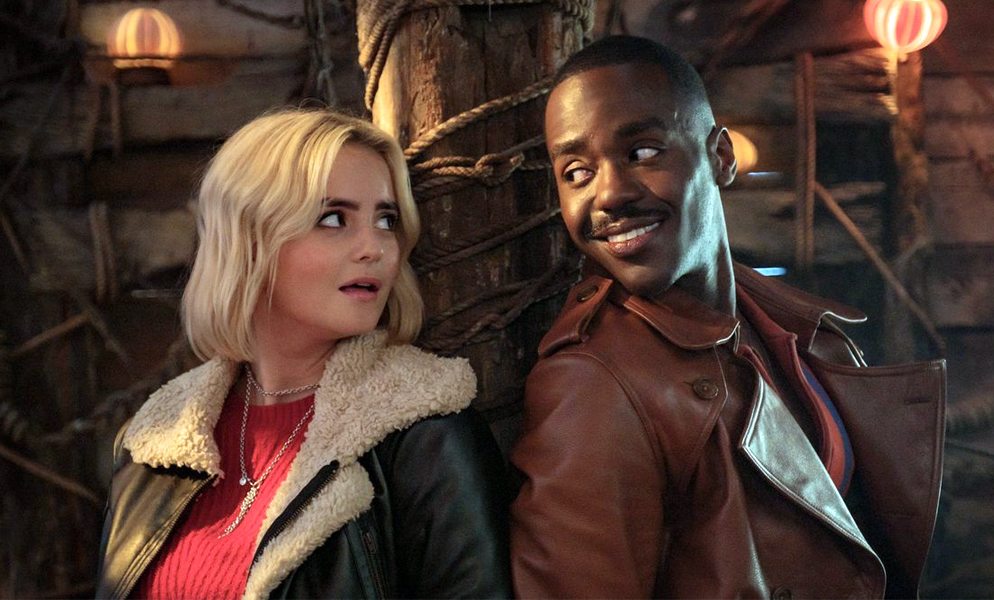
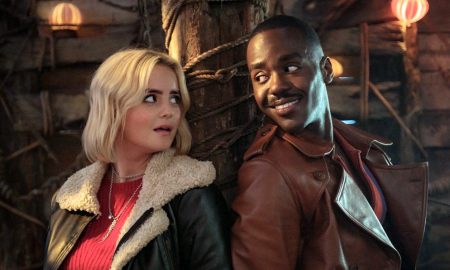
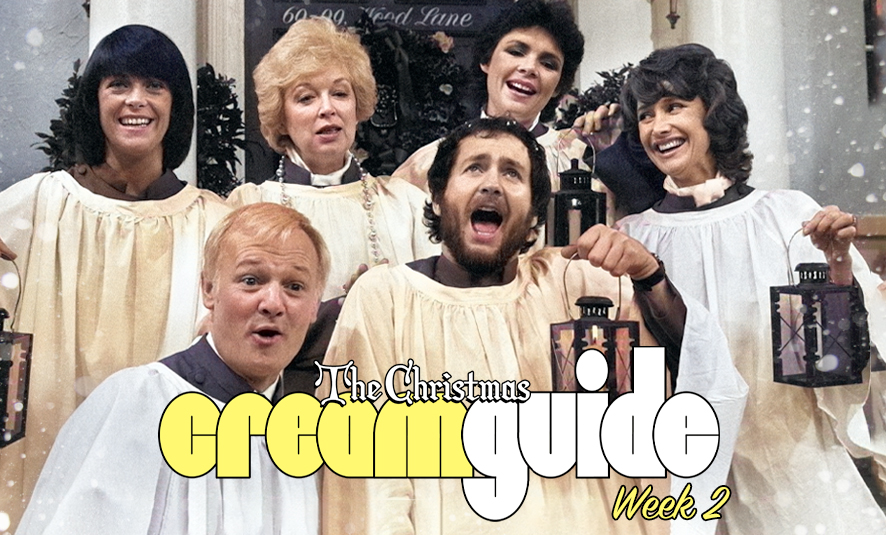
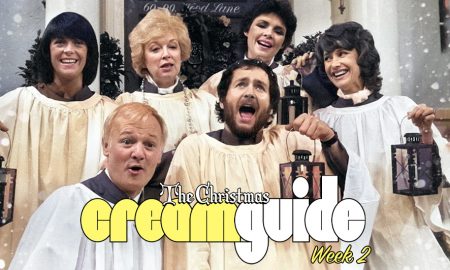
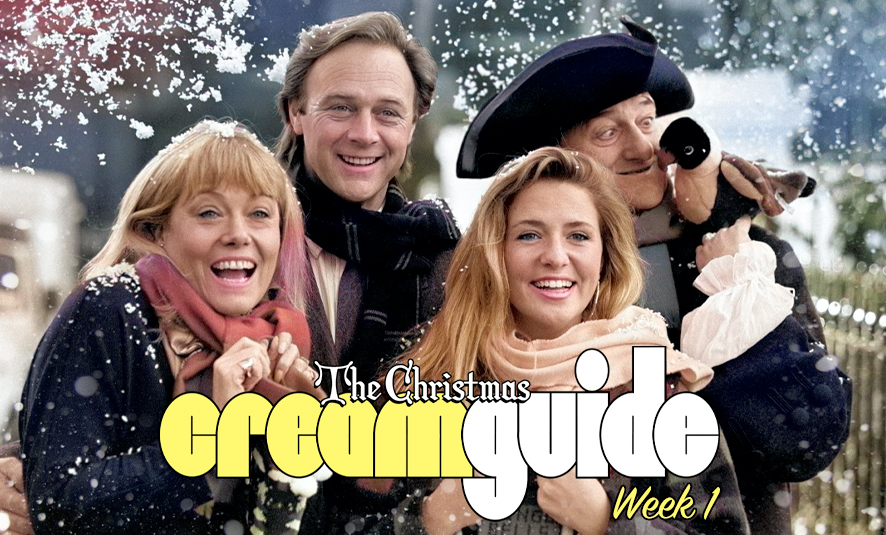
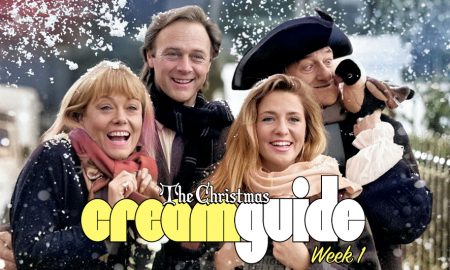
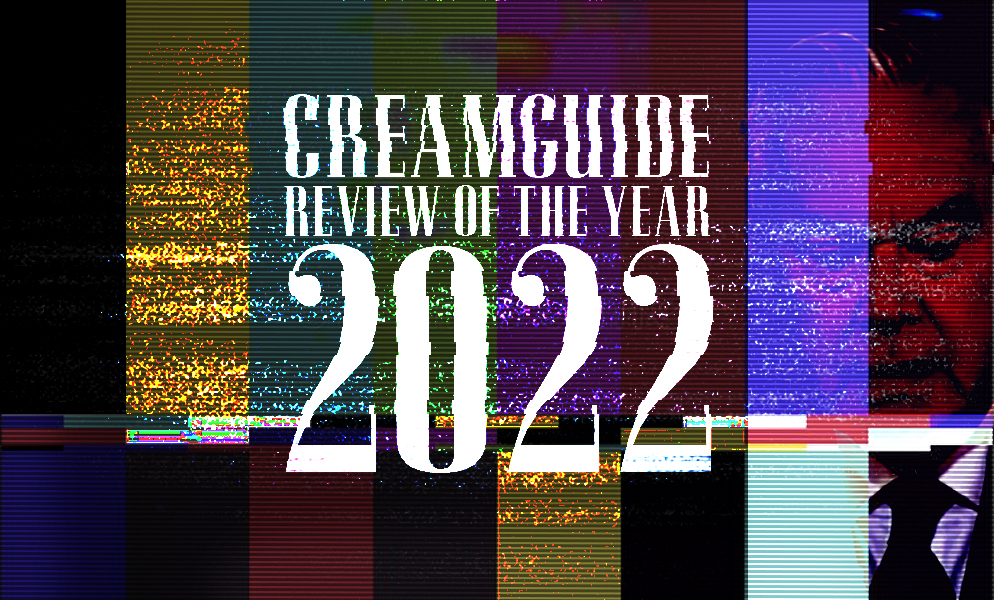
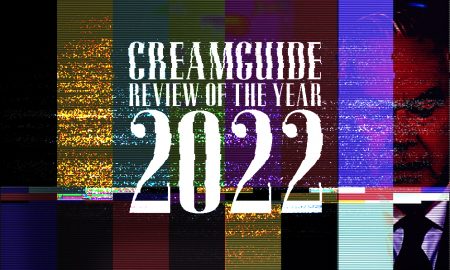

Arthur Nibble
July 2, 2018 at 2:42 pm
That, erm, ‘Pricette’ second right looks like Lesley Judd moonlighting with her hair dyed, and the woman far right looks absolutely delighted to be there.
Richard16378
July 2, 2018 at 9:09 pm
IIRC originally The Price Is Right used to have 2 “semi final” rounds before changing to have the penultimate Showcase Showdown down that would whittle the amount of contestants down to 2